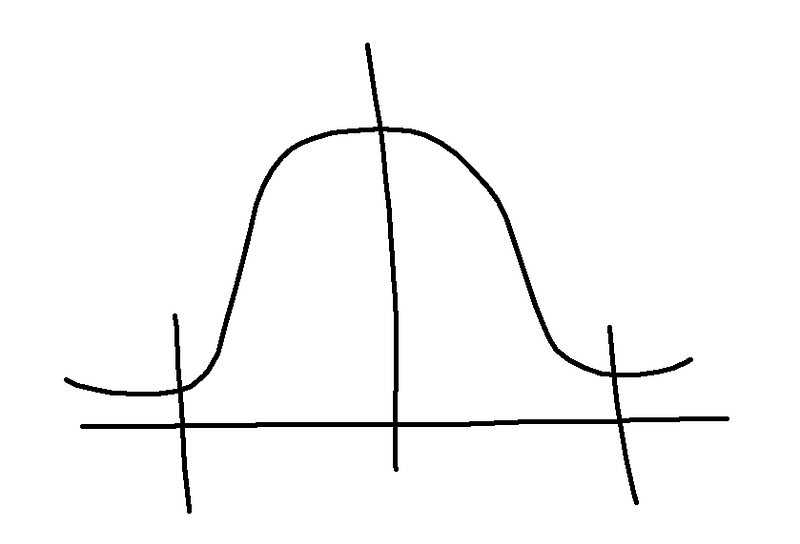# Essential Metrics Before Citing Scientific Studies
Written on
Understanding the Importance of Scientific Studies
If you're crafting informative articles and aim to:
- Gain consistent curation for your work
- Publish in prominent outlets
- Create engaging content that keeps readers hooked
- Attract significant views, interactions, and discussions
- Build a loyal community of readers
Then, it is imperative to support your writing with credible scientific studies. Lacking this foundation, your articles may miss critical insights, diminish your authority, and potentially lead to rejections from publications, as well as alienate your readership.
To safeguard against these pitfalls, consider scientific studies as the backbone of your content. However, with the vast number of studies available, how do you identify which ones will best support your work?
The Key Indicator: Participant Numbers
To determine the suitability of scientific studies for your articles, examine the number of participants involved in the research. This varies across different types of studies such as randomized controlled trials (RCTs), cohort studies, case-control studies, and qualitative studies.
Broadly speaking, these studies fall into two categories: quantitative and qualitative.
What Constitutes a Normal Distribution?
You may wonder why "Normal" is capitalized—this is intentional, referring to the Normal distribution in statistics. While I won't delve too deeply into statistical theory, it's vital to grasp how participant numbers impact quantitative studies.
Quantitative research collects data through surveys or metrics, which are then analyzed using statistical software like SPSS, R, or STATA.
Why is a Normal distribution crucial? It ensures that the participants represent a mini population that mirrors the broader community relevant to the research topic. This similarity enhances the validity of the conclusions drawn, making them more reflective of reality.

It is important to remember that science does not claim absolute certainty. When you hear definitive claims based on scientific research, consider this a warning sign; the information may be biased and influenced by personal interpretations. Such inaccuracies undermine your articles' legitimacy and trustworthiness.
Determining the Minimum Participant Count
Returning to the discussion on Normal distributions, we know that a sufficient number of participants is essential for findings to reflect reality accurately. So, how many participants are necessary for a study to be deemed legitimate?
The consensus is that a minimum of 80 participants is advisable. While some sources suggest lower numbers, this is contingent on the specific study and its demographic focus. To be cautious, I recommend aiming for at least 80 participants in quantitative research, as this figure represents the bare minimum needed to achieve a representative sample.
Quality Versus Quantity in Qualitative Research
In addition to quantitative studies, we must consider qualitative research, which delves into the hows and whys behind phenomena. These studies seek to uncover deeper meanings and motivations, often utilizing different methodologies than quantitative research.
Despite some skepticism surrounding qualitative research, it is invaluable. It provides context and understanding that raw numbers cannot capture. Conducting qualitative research demands significant analytical skills, including interpreting data and formulating insightful questions.
Participant Guidelines for Qualitative Studies
Given the distinct nature of qualitative research, the participant count differs from quantitative studies. Generally, around 10 to 15 participants are ideal, as this number often leads to data saturation—where responses become repetitive.
While striving for more participants is beneficial, ideally, you would aim for 30 or more in qualitative studies. In contrast, quantitative research typically benefits from larger samples, around 300 participants or more.
Final Thoughts
Now you are aware of the appropriate participant counts for both types of studies, which contribute to their credibility. Adequate participant numbers ensure that findings are relevant, enabling cautious conclusions about broader life contexts.
Before citing a scientific study, verify the participant count. This will help you discern whether the information can be reliably incorporated into your writing.
Keep exploring and expanding your knowledge,
Jelena
Subscribe for weekly insights on mastering research and incorporating it effectively into your articles. Enjoy a complimentary guide on efficiently finding scientific articles.
Chapter 2: Video Insights on Research Metrics
Gain a comprehensive understanding of citation-based metrics and their significance in academic publishing.
Explore strategies for selecting the right journal for your research, enhancing your chances of publication success.